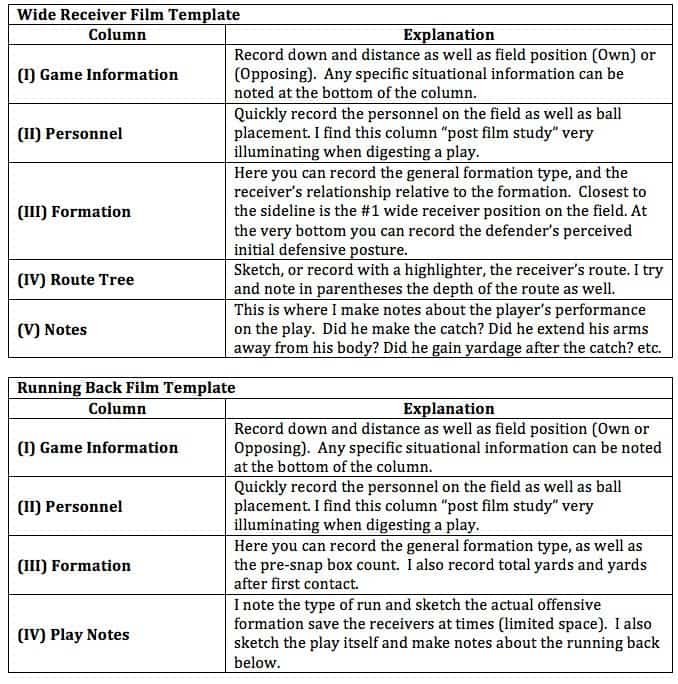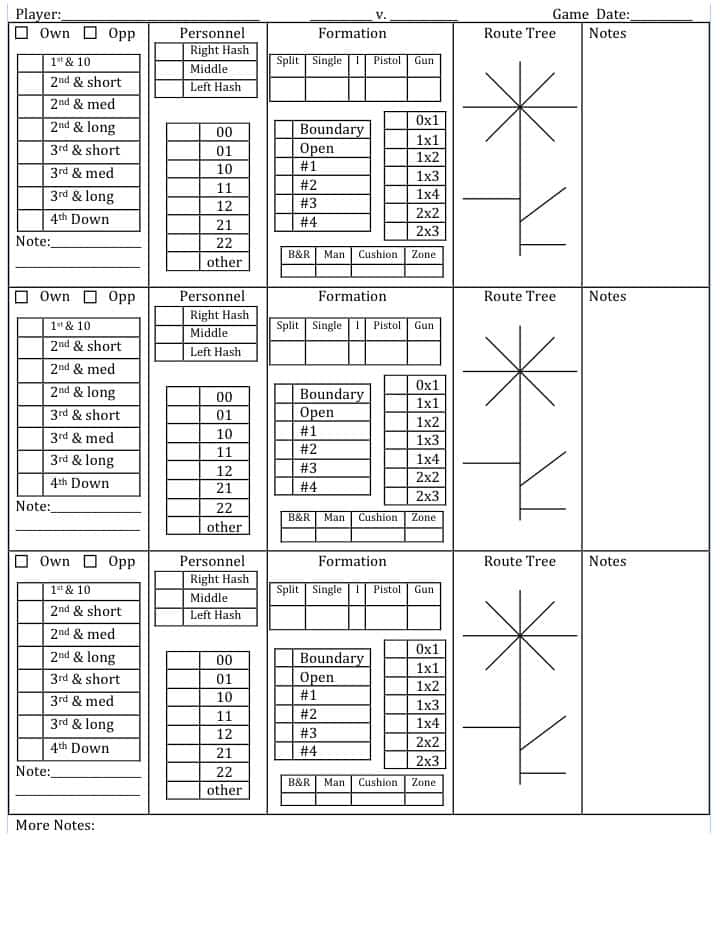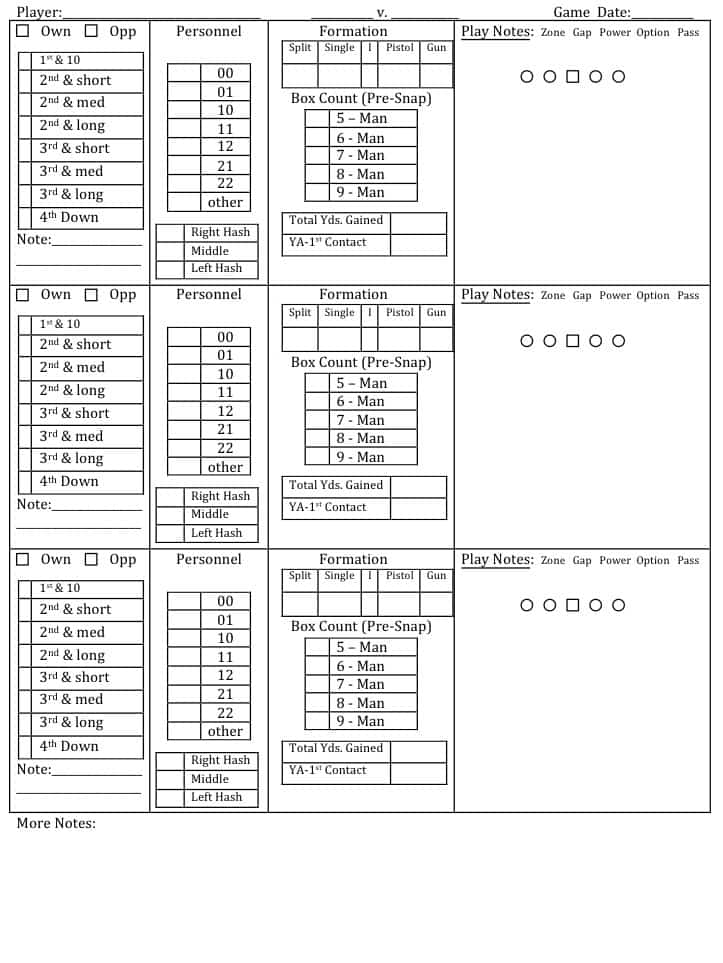Tales from the Tape: How I Watch Film

Football is as much a spectacle of remarkable athleticism as it is a game of immense strategy. As an aspiring analyst and coach, my infatuation with the game has always resided within those two realms. However, as time passes I find myself more and more engrossed in the academics of the game than ever before. The question “why” haunts me more than ever. “Tales From The Tape” is an opportunity to explore the various paradigms of the game of football through the lens (no pun intended) of film study.
Like many of you, I am no expert, only a student of the game. To that end, I sincerely hope “Tales From The Tape” is a courageous pursuit, one in which we, as a community of passionate fans, can attempt to understand the intricacies of this great game. This column is dedicated to every reader who keeps their tablet screens glowing and their night lights on well into the evening. Together I hope we can inch our way closer to a deeper understanding of the game with each installment. Welcome and thank you for reading!
How I Watch Film
[am4show have=’g1;’ guest_error=’sub_message’ user_error=’sub_message’ ]
I remember my first experience studying a prospect’s film – it was overwhelming. How do I keep track of all this information on the screen? Down and distance, offensive formation, personnel on the field, defensive coverage, box count, type of route, type of running play, yards gained after the catch, broken tackles and the results of the play – to name a few. How can I be sure I am fully embracing the context of every play when writing my evaluation? Since many of my write-ups occur post film study (in many cases days later) I was concerned I might inadvertently penalize, or praise, a prospect for his performance.
Let me explain.
Suppose you are studying a particular wide receiver and on third and short in a tight game, the receiver runs a slant route over the middle of the field. He catches the pass successfully in the pocket formed by his rib cage and inside arm, rather than extending his arms away from his body for the reception. A linebacker pursuing the receiver immediately tackles him for a three-yard gain. The three-yard gain sustains the game winning drive and the receiver’s team wins the game. Without noting the specifics of the entire situation described above, how can I be sure I will give the receiver the proper credit he deserves on this play in my evaluation? The technique the player used to the catch the football in the given situation was not flawed as rather it showed tremendous awareness of the situation and task at hand. In fact Homer Rice and Michael Irvin might applaud this receiver for his technique as they both advocated for such a style in precisely these types of situations.
It became obvious as I learned more about the game, that an understanding of the context of a play is an essential component to quality analysis. Matt Waldman, author of the Rookie Scouting Portfolio (RSP), an analyst whom I hold in the highest of regards, does an excellent job furthering this discussion in an article he wrote on his blog called Performance in Context: Play Design Matters. If I am going to grow as an analyst I need to be sure I am considering context on every play in my film study. With that in mind my first efforts to cultivate contextual awareness was logging as much information as possible on a given play in my one subject, spiral bound notebook. It wasn’t before long that my notes on a prospect were seemingly lost in a jungle of downs and distances. I needed a way to streamline the repetitious process of charting plays. What you will find below is my endeavor to achieve such an end – I give you my film templates for both wide receivers and running backs (Star Wars Theme Music plays in the background). These templates are more like prototypes. I am sure I am reinventing the wheel with these charts but I believe there is tremendous value developing these tools from scratch. As I grow and mature as an analyst these templates will inevitably change. These templates are a living document for me, and I hope they reflect my passion for truly understanding the game of football. It is my sincerest hope that they might inspire you look deeper into every play you watch on the field. Always asking questions, before passing judgment. Enjoy and yes, a quarterback template is in production.
*Below I have provided a key for each template with an explanation of each column.



[/am4show]
- Tales from the Tape: How I Watch Film - July 7, 2015
- Rookie Player Profile: Duke Johnson - June 13, 2015
- Rookie Player Profile: David Cobb - June 7, 2015


































































